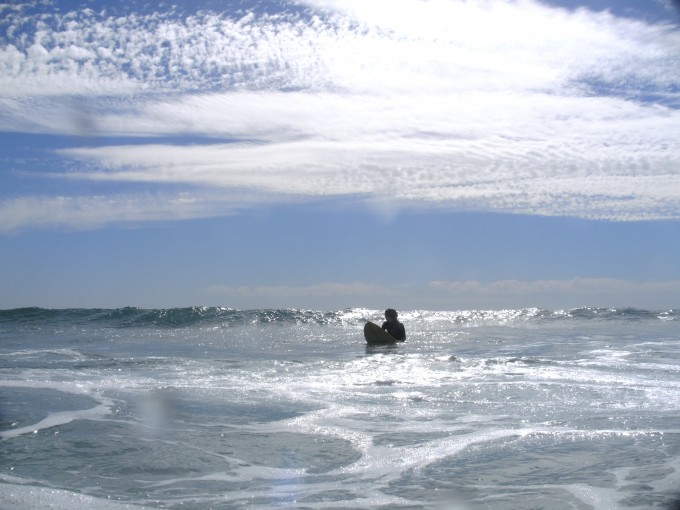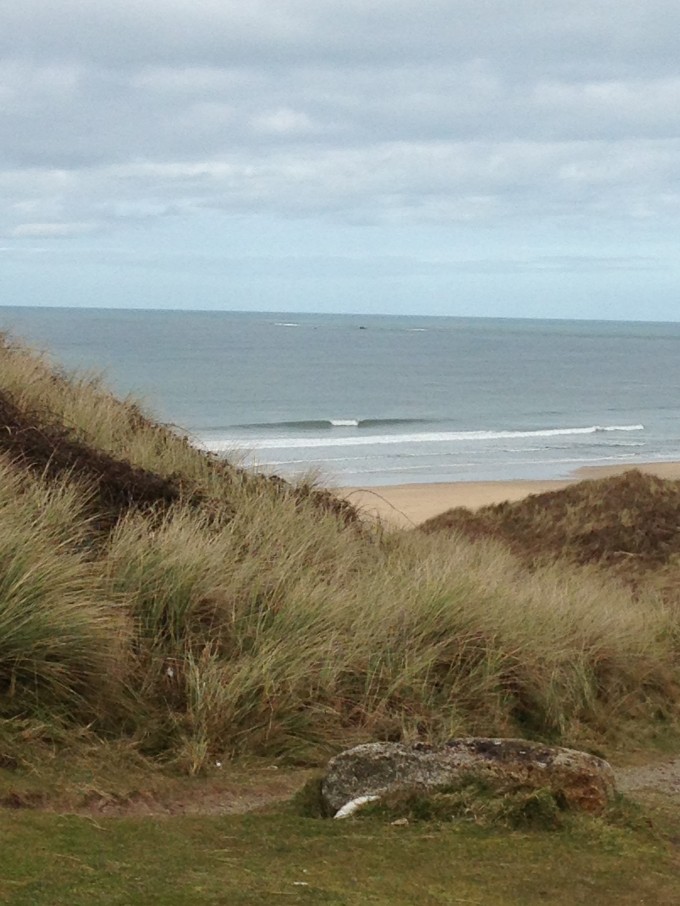
1) Learn what conditions work best for your regular breaks
Keep a note of your sessions, what the conditions were and how good the waves were – the swell and wind direction, the tide, the swell height etc. That way you can check current conditions against previous surfs to see if you think the waves will be any good.
Now, I’ve lived in Cornwall for nearly four years now and I still struggle to remember where should be best according to the conditions so I have to keep a track of it.
But if, like me, you’re useless at remembering to do stuff like this, don’t panic help is now available in the form of a nifty little app called Johnny On The Spot. It logs it all for you automatically just by taking a photo, and then lets you compare current conditions with your previous surfs.
It’s made it way easier to track everything (and remember to do it in the first place) and means I can make better decisions about which beach to go to.
2) Look for shelter
Sheltered spots are less open to the elements often meaning smaller waves and less wind. For example in Newquay, most surfers head to Fistral, but when that gets good, it also gets rammed.
Because it’s more sheltered, the bay usually has mellower waves and at lower tide the whole bay opens up, so there are lots of peaks and the added bonus of everyone being more spread out.
“Surf reports are usually written by really good surfers. Which means that their idea of ‘good’ waves is probably quite different to yours.”
So if there’s a big swell and the usual spots are too big, look for shelter. Is one end of the beach more sheltered than the other? Is there another beach around the headland? How do you know if a spot is more sheltered? Look on Magic Seaweed – each spot has a map of the break with arrows for the wind and swell direction.

3) Read the reports, but not too closely
Surf reports are usually written by really good surfers. Which means that their idea of ‘good’ waves is probably quite different to yours.
If they think it’s too small, it’s quite possible that if you’re on a longboard or a foamie, it’s going to be super fun, and less crowded because everyone else will have thought it’s not worth going.
And the reverse is also true, when they get super excited because the waves are amazing, bear in mind this might mean double overhead with a 20 minute paddle out… definitely not my idea of fun!